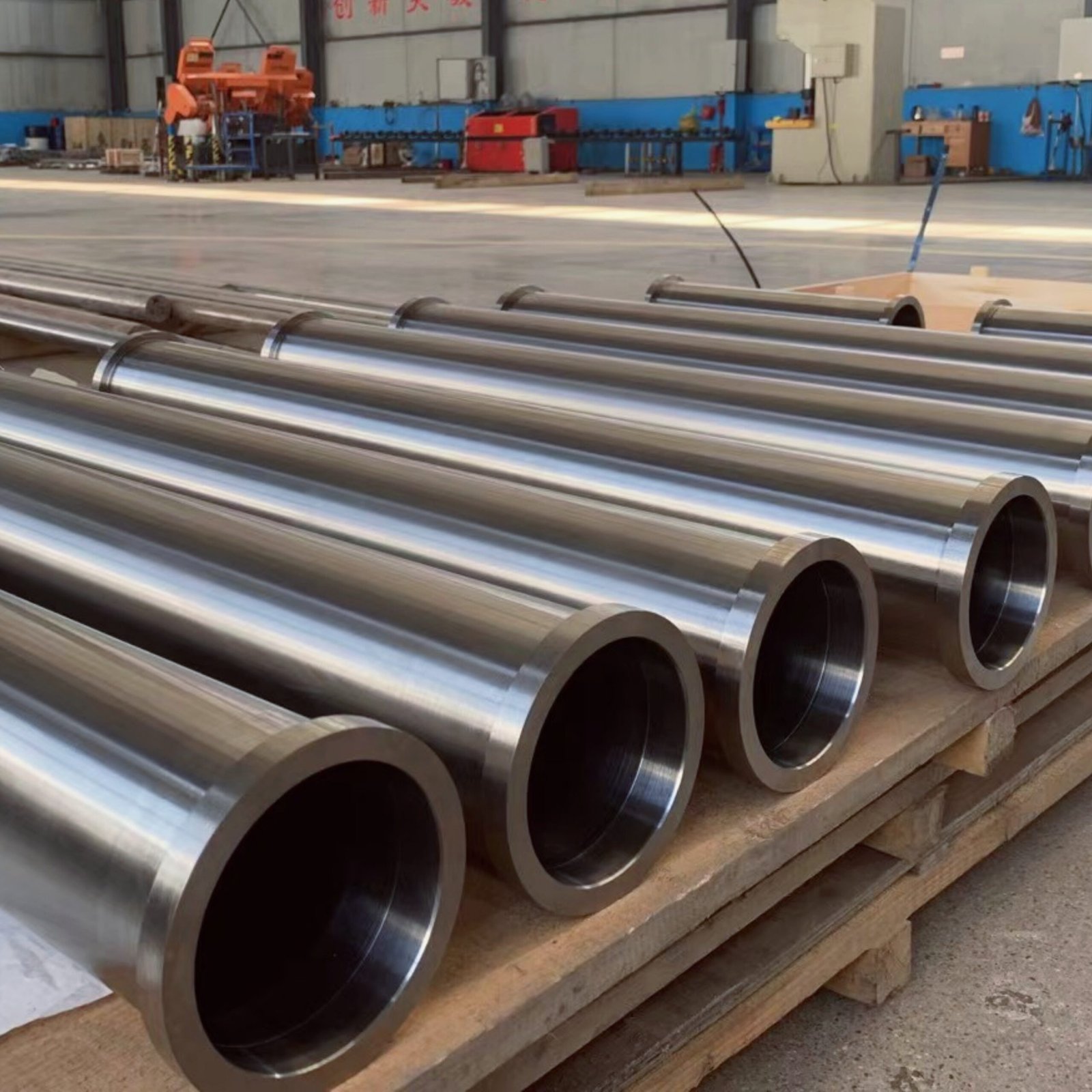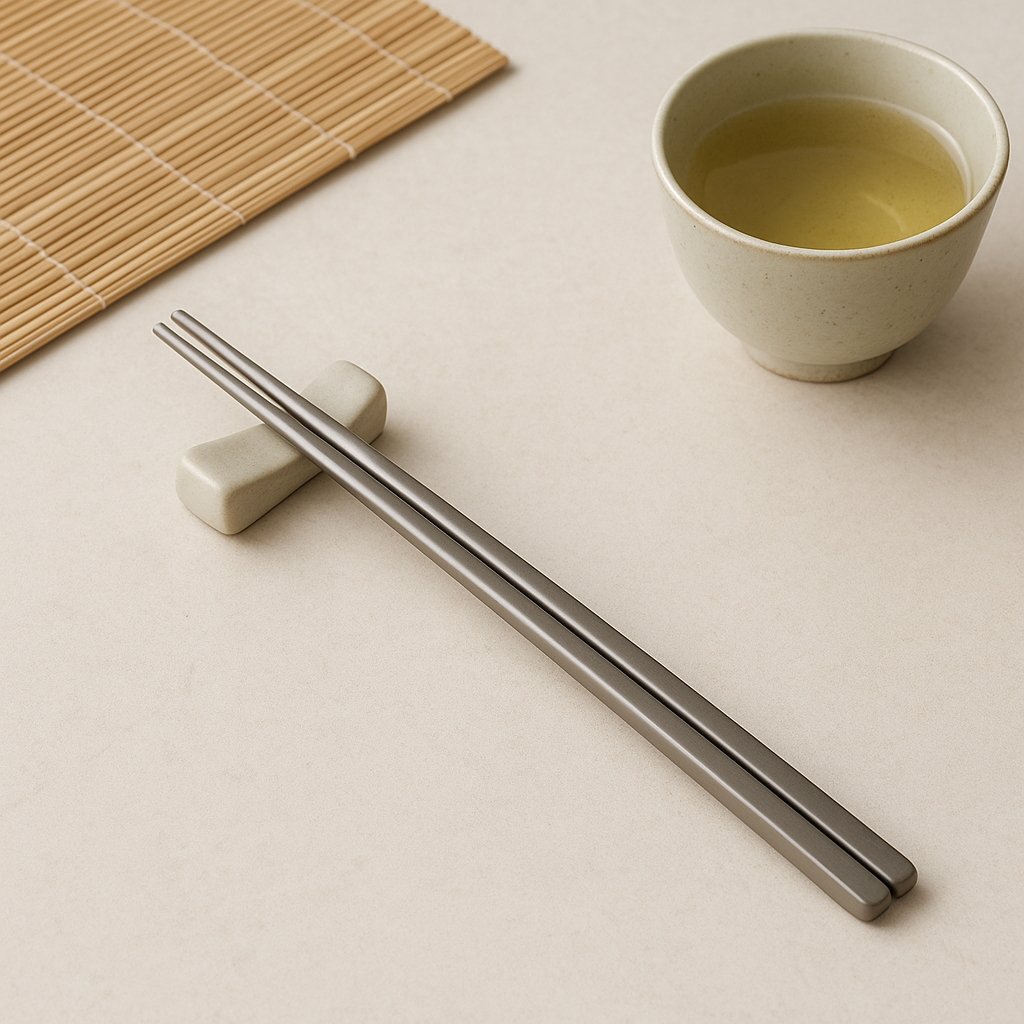Hi everyone, I’m Aria, Product Manager at a titanium alloy manufacturing facility. Today, let’s talk about something interesting—titanium anodizing. When people hear “titanium alloy,” they often think of aerospace, medical implants, and other high-end applications. It already sounds quite “hardcore,” doesn’t it? But as the saying goes, “Even the best horse needs a good saddle.” Even the best material needs proper surface treatment to unlock its full potential. That’s where anodizing comes in—a refined way to enhance titanium’s performance and give it a stylish upgrade in specific applications.
Anodizing: More Than Just a Fancy Coating
First, let’s demystify anodizing. In simple terms, it involves using titanium as the anode, immersing it in a specific electrolyte, and applying an electric current. This forms a titanium oxide (TiO₂) layer on the surface. What’s special is that this layer is not just deposited—it's grown naturally, tightly bonded to the base metal.
Even better, by adjusting the voltage, current, and electrolyte composition, we can control the oxide layer’s thickness and structure, such as density, porosity, or even creating nanotube arrays. In short, anodizing allows us to “customize the skin” of titanium to meet different performance needs—far beyond simple decoration.
A Tough Shield: Enhanced Corrosion Resistance
Titanium already has excellent corrosion resistance, but anodizing enhances it further. The TiO₂ film formed through anodizing becomes thicker and more compact, boosting resistance to seawater, acid rain, and certain chemical agents.
For example, in deep-sea probes or underwater connectors, anodized titanium performs better under pressure and saline conditions. In chemical plants, anodized titanium is commonly used in pipes, valves, and other components exposed to corrosive fluids, helping extend equipment life and reduce downtime—a true corrosion-fighting champion.
Built-In Beauty: Iridescent Structural Colors
One of the most visually striking aspects of anodizing is its ability to change the color of titanium. This isn’t paint or dye, but an optical interference effect caused by varying oxide film thickness—similar to soap bubbles or CDs.
Depending on the film’s thickness, titanium surfaces can appear golden, blue, purple, green, and more. These colors are vivid and fade-resistant. Imagine using anodized titanium in high-end bicycle frames, outdoor bottles, or even architectural surfaces—they instantly add a sense of design and premium quality.
In the medical field, items like orthopedic screws can be color-coded through anodizing, allowing surgeons to quickly identify implant types during surgery and improve efficiency.
Lightweight Protection: Improved Wear Resistance
The anodized layer is a ceramic-like oxide film with higher hardness than the titanium substrate, which improves scratch and wear resistance in everyday use. It helps reduce fingerprints, minor abrasions, and keeps the surface looking sharp.
However, this film is thin and not suitable for heavy-duty abrasion. It’s more like a stylish yet functional coat for light wear environments, improving both durability and visual appeal.
Biocompatibility Boost: Enhancing Implant Integration
This is where anodizing truly shines in medical applications. Titanium is already favored for implants due to its non-toxicity and biocompatibility, but anodizing takes it further—especially when forming nanotube structures.
These nano-features significantly promote osteoblast adhesion and bone growth, accelerating the bonding process between the implant and human bone. For example, dental implants or joint replacements can “root” into the body faster.
Even more impressively, the porous surface can act as a drug delivery system, slowly releasing antibiotics or growth factors to support healing or prevent infection—turning implants into tiny smart pharmacies.
Conclusion
Anodizing may seem like a simple electrochemical process, but it greatly expands the functionality and application range of titanium alloys. It acts as a protective shield, adds vibrant structural color, enhances wear resistance, and plays a critical role in medical implants.
Despite being a “small technique,” anodizing delivers big value, proving itself as a powerful tool in both industrial and medical fields. I hope this introduction gave you a clearer understanding of titanium anodizing—and next time, we can explore more ways this incredible material can transform through clever surface treatments!






